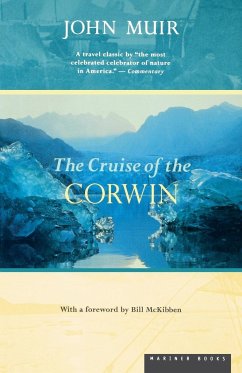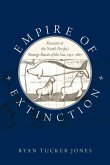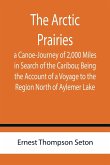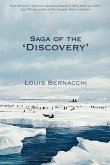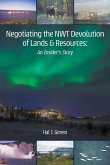In the spring of 1881, the steamship Thomas Corwin began a daring voyage of 15,000 nautical miles into treacherous Arctic seas to search for captain G. W. De Long and his ship Jeannette, which had left San Francisco two years earlier to drift across the North Pole while trapped in ice. There had been no word from the Jeannette for months. The ship was never found, but John Muir's account of this expedition--which includes vivid descriptions of ice-choked seas, Arctic vegetation, awe-inspiring glaciers, and the native people--captures the magic and mystery of the farthest reaches of the American frontier. Founder of the Sierra Club and its president until his death, discoverer of Glacier Bay and father of the national park system, John Muir was a spirit so free that all he did to prepare for an expedition was to "throw some tea and bread into an old sack and jump over the back fence." In a world confronting the deterioration of the natural environment and an ever-quickening pace of life, the attraction of Muir's writings has never been greater.
Hinweis: Dieser Artikel kann nur an eine deutsche Lieferadresse ausgeliefert werden.
Hinweis: Dieser Artikel kann nur an eine deutsche Lieferadresse ausgeliefert werden.

